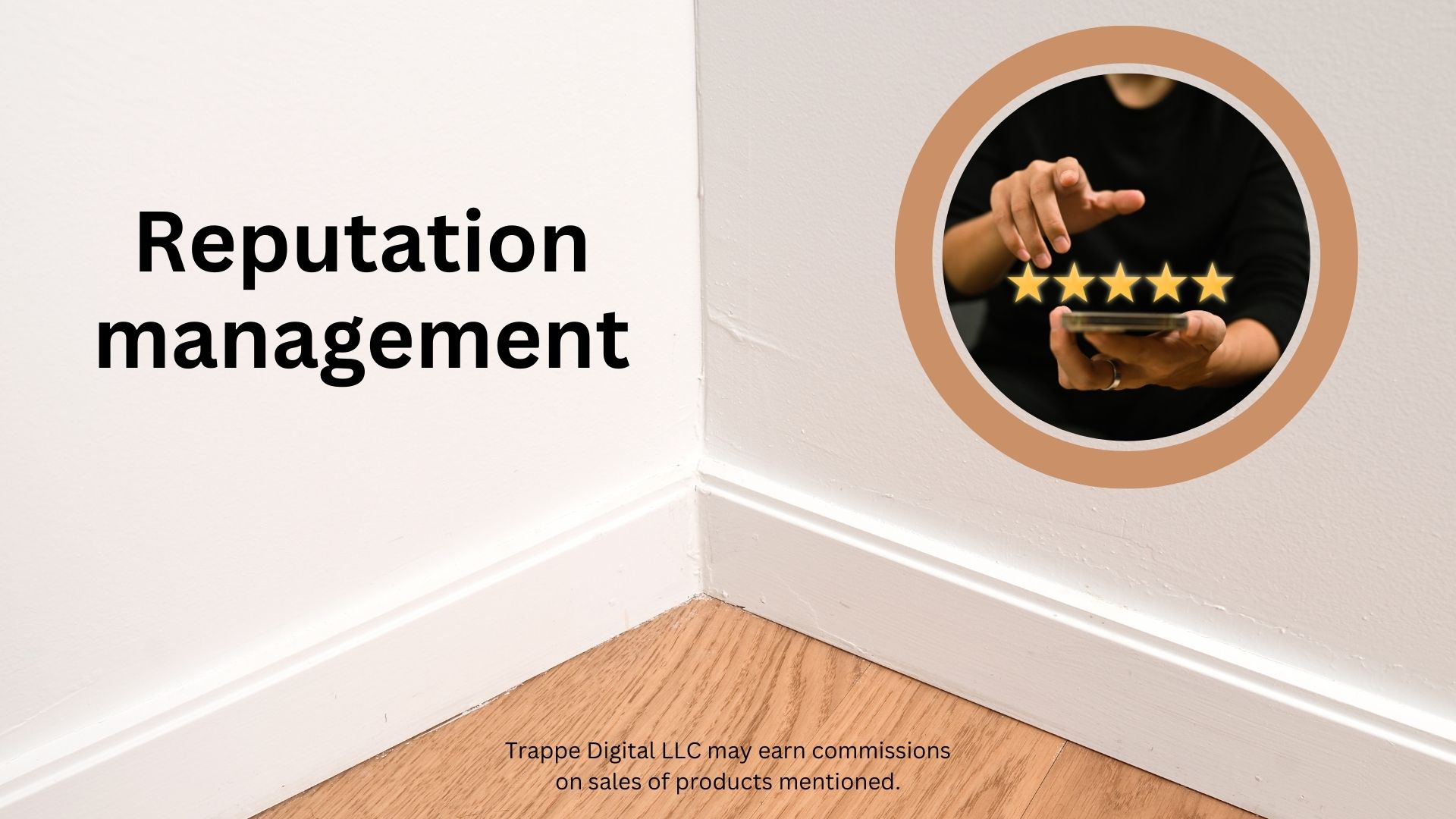Trappe Digital LLC may earn commission from product clicks and purchases. Rest assured, opinions are mine or of the article’s author.
In today’s digital age, reviews significantly influence purchase decisions, with many people consulting them before choosing a business. Responding to reviews signals customers their voices are valued. Even imperfect responses can inspire goodwill by demonstrating attention and concern.
Let’s discuss what goes into responding to reviews and why it matters.
Why Respond at All?
Some businesses wonder if responding to reviews simply invites more scrutiny. However, visibly listening and responding exhibits caring that can bolster brand perception and loyalty even without perfect resolutions.
Monitoring review sites also allows prompt identification of problems needing remedy. While satisfying every critic isn’t realistic, effort spent fostering understanding still improves impressions.
Showing customers their perspectives influence operations humanizes brands against common conceptions of faceless corporations fixated on profits over people. Ultimately, responding is fundamental reputation management in an age where reviews substantially sway patronage.
Calling Out Fake Reviews
While real reviews aim to honestly showcase experiences, fake reviews certainly exist too. If you suspect a highly positive or negative review was not left by an actual customer, you can politely question its veracity. Just avoid hostile accusations. Comments like “This does not appear to be from a genuine customer” open reasonable doubt without attacking the reviewer. If a review is indeed fake, the platform may remove it after further scrutiny protecting your reputation.
Read next: The State of Marketing: Why Most Marketers Don’t Know What They’re Doing
Responding to Positive Reviews
When a happy customer takes the time to leave a glowing 5-star review, businesses should always respond with gratitude. Some best practices include:
1. Thank the reviewer publicly. Leave a comment on the review platform saying something like, “Thank you for taking the time to leave such a nice review! We really appreciate you choosing our business and are so glad you had a great experience.”
2. Thank the reviewer privately too. If possible, also reach out to the reviewer privately via email or social media. This extra gesture shows you truly value their feedback.
3. Share the review on social media. Repost the positive review on your business’s social media pages. This helps show prospective customers you have happy clients. When I receive positive reviews of my podcast, I usually show them and thank them on the next episode and remind people that they can also leave their podcast reviews.
4. Incentivize future business. Consider providing the reviewer a discount or free item to encourage repeat business. Just make sure to comply with review platform rules.
Responding thoughtfully to positive reviews nurtures customer relationships and shows your business cares. The extra effort can help drive referrals too.
Read next: How to drive traffic to other YouTube videos from your YouTube Shorts
Responding to Negative Reviews
Seeing a bad review can be disheartening. But properly addressing negative feedback presents opportunities for service recovery and improvement. Follow these tips:
1. Respond promptly. Address negative reviews quickly, ideally within 24 hours. This shows the reviewer you are listening and on top of things.
2. Apologize. Even if you feel the review is unfair, avoid getting defensive. Instead, apologize that the customer had a disappointing experience.
3. Listen and empathize. Make sure to fully understand the customer’s specific complaint before reacting. Put yourself in their shoes rather than justifying your actions.
4. Take action. Offer to make things right if possible, like providing refunds, coupons, or free services. Or describe concrete steps you’ll take to prevent the issue going forward.
5. Follow up. After resolving the issue, follow up with the customer to ensure they are now satisfied. Also invite them to revise their review if their concerns have been fully addressed.
6. Learn from mistakes. Analyze any process breakdowns that contributed to the negative review. Make necessary changes to deliver better experiences in the future.
Remaining humble and keeping an open mind when issues arise demonstrates good faith to customers. Handling criticism maturely presents opportunities for improvement too. By taking negative reviews seriously and responding appropriately, businesses can often transform dissatisfied customers into loyal ones.
Discover more from Christoph’s Content Corner
Subscribe to get the latest posts sent to your email.

